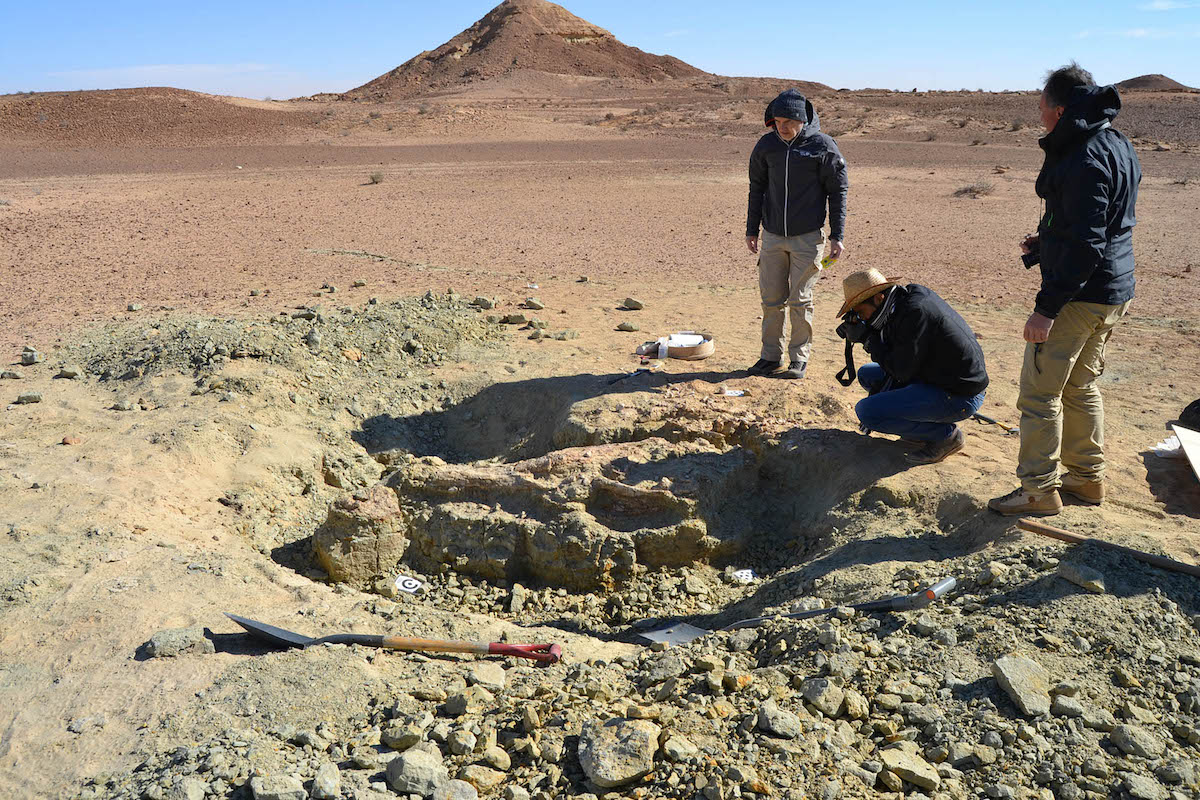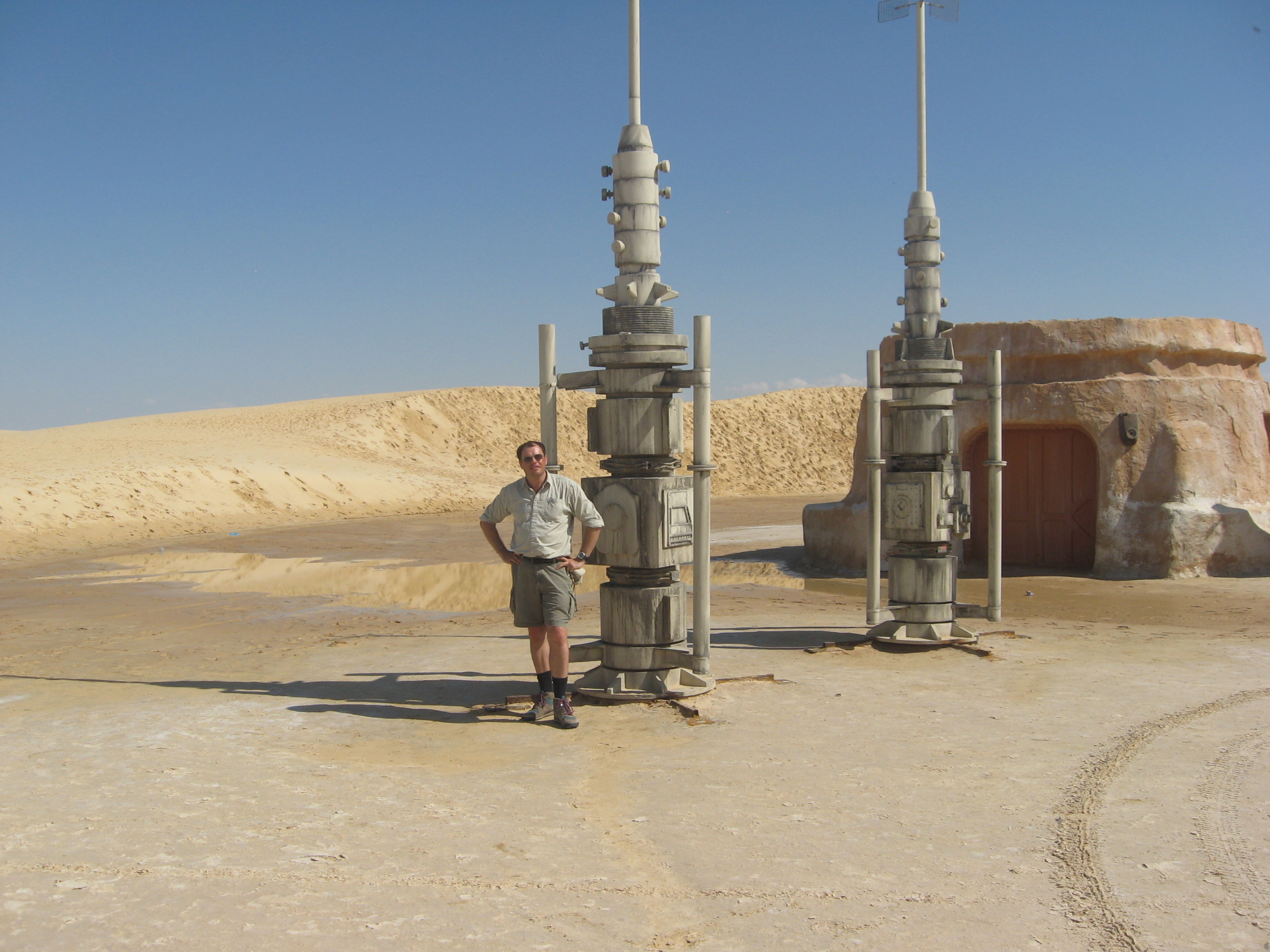In Photos: Monster Crocodile Ancestor Uncovered
Scientists have discovered the remains of what was a 30-foot-long (9 meters) crocodile ancestor on the fringes of the Sahara, in the area that served as the planet Tatooine in "Star Wars." Here's a look at the 130-million-year-old remains and excavation at the site. [Read the full story on the monster croc discovery]
Digging up a croc
The excavation site of the first specimen of the new crocodilelike species, Machimosaurus rex. These fossils were found in the Tataouine region of southern Tunisia, on the edge of the Sahara Desert. (Credit: Federico Fanti, Bologna University)
Sprawling bones
This flattened 3D image reveals the quarry site where M. rex was found on the edge of the Sahara Desert. M. rex bones are marked in blue. The fossil next to the snout (tinted red-orange) is believed to be from the underside of a prehistoric turtle. (Credit: Federico Fanti, Bologna University)
A giant among reptiles
Although relatively little of the M. rex skeleton was preserved, the fossils indicate this was a 30-foot-long (9 meters) reptile — the largest of any known marine crocodile. (Credit: Federico Fanti, Bologna University)
Get the world’s most fascinating discoveries delivered straight to your inbox.
Fearsome predator
The crocodile ancestor M. rex would have been fearsome-looking, swimming through the salty lagoons of prehistoric Tunisia. Turtle remains found alongside the croc at Tataouine were from a later date, but turtles were likely prey for this giant creature. (Credit: Federico Fanti, Bologna University)
Sizeable skull
Here, researchers are excavating the huge skull of M. rex. The back of the skull can be seen in the center of this image with team members removing the sand from the monster croc's snout. (Credit: Luigi Cantelli)
Tatooine set
The croc bones were found in Tunisia, which was used as a set for Star Wars' Tatooine. Here, planetary scientist Ralph Lorenz, of Johns Hopkins University's Applied Physics Lab, stands in 2009 next to buildings in the "Mos Espa" set in Tunisia that was used in "Star Wars Episode I: The Phantom Menace." (Credit: Ralph Lorenz)
Swallowed up by sand
Mos Espa is right in the path of a sand dune moving about 50 feet (15 meters) a year. Here's the same view of Mos Espa in 2013, being swallowed up by the advancing sand. (Credit: Nabil Gasm)
Follow us @livescience, Facebook & Google+.









